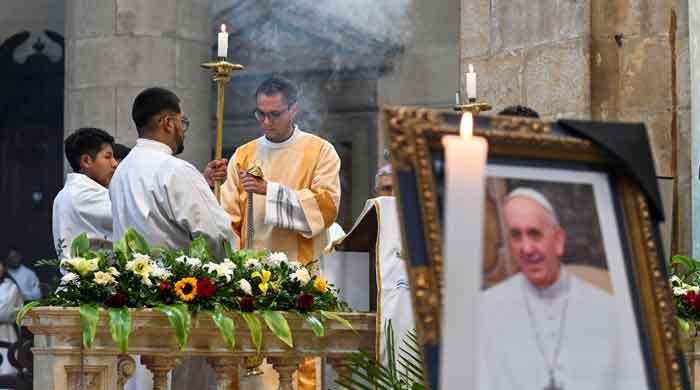California's Getty museum survives wildfire, ready for quakes
Fires that have chased almost 200,000 Californians from their homes covered the Getty’s hillside location in smoke this week
December 09, 2017

Southern California’s Getty Center, one of the world’s wealthiest art institutions, said it had survived a wildfire tearing through Los Angeles thanks to a disaster plan that has it ready for earthquakes as well.
Fires that have chased almost 200,000 Californians from their homes covered the Getty’s hillside location in smoke this week. Perched above the busy 405 freeway, an artery of California’s traffic system, the Getty is among the most visited US museums and reopened on Friday after two days closed.
The Getty’s design, and a plan developed with insurers eager to keep the valuable collection safe, helped shield from damage art including Edouard Manet’s “Spring,” for which it paid more than $65 million in 2014.
More than 5,700 firefighters have battled six large wind-stoked fires and several smaller ones that erupted since Monday. More than 200,000 people have been forced to evacuate.
As gray clouds swept onto the campus earlier in the week, a high-tech air filtration system pushed air out of buildings, making it harder for smoke to seep inside, said Linda Somerville, assistant director of insurance and risk management for the J. Paul Getty Trust, which oversees the Getty Center and has nearly $12 billion in assets, including art.
The museum has its own water tanks and has landscaped the complex in order to keep flames at bay.
“By putting all these bells and whistles in, we are able to wet down our hillsides, close intake valves and keep smoke and debris out,” Somerville said.
Getty representatives meet quarterly with U.S. commercial property insurer FM Global, the Getty’s insurer, to review everything from brush on the property to sprinkler system design, Somerville said.
The Getty, which opened in 1997, also works year-round at preventing potential earthquake damage, Somerville said.
Art and display cases throughout the museum sit atop systems that absorb the energy of earthquake vibrations, known as base isolators. And experts who repair art and artifacts in the Getty’s conservation labs must secure the items to stable surfaces in case an earthquake hits.
“Everything is latched down at all times,” Somerville said.











